Are you wondering why a strong narrative is so important in a presentation – and how you can develop your own?
In today’s market, no business can afford to squander face time with a customer by not being clear and succinct about what they do and the value they deliver. This is why interactive presentations and sales enablement tools are so important as they help you to create more focused presentations.
So whether you’re looking to create a presentation for a face-to-face sales meeting, virtual sales pitch or a touchscreen at an event or customer sales centre, read on to find out more about the importance of a strong presentation narrative.
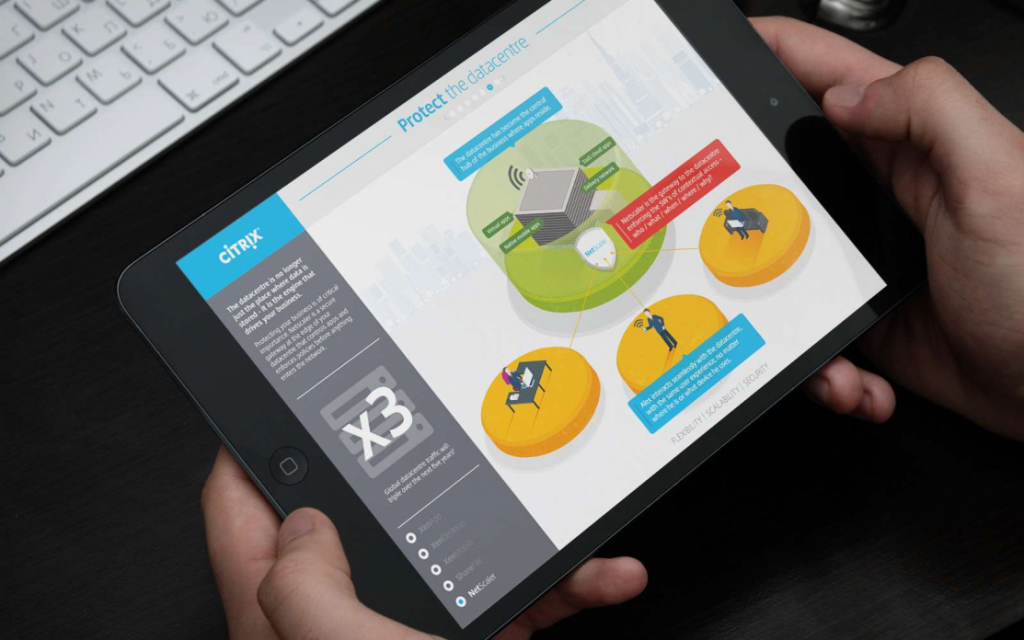
If your presentations aren’t getting the traction you need, it could be for a number of reasons.
- It could be your presentations are too generic and not relevant to your customers
- your messaging may not be clear
- you’re not personalising your message to the audience
- maybe it doesn’t help customers make sense of their own requirements and guide them in making a more informed buying decision?
Whatever the reason, it’s never a good feeling when your presentations are letting the side down – and narrative plays an essential role in developing customer-centric interactive presentations that resonate with and engage your audience. Without it, they tend to switch off and lose track or never quite understand why you’re relevant to them.
Yet, people tend to overlook the narrative and can forget that at the end of the day, there is a customer who is going to be sitting through your presentation and has a requirement that needs a resolution. Walking in with a generic deck and going through it in a linear style, skipping slides or having to move backwards and forwards, often with no thought or consideration to the narrative, can be very off-putting and confusing.
That’s why we’re going to explain more about the importance of a good narrative below, as well as giving you some helpful tips on how to develop yours.
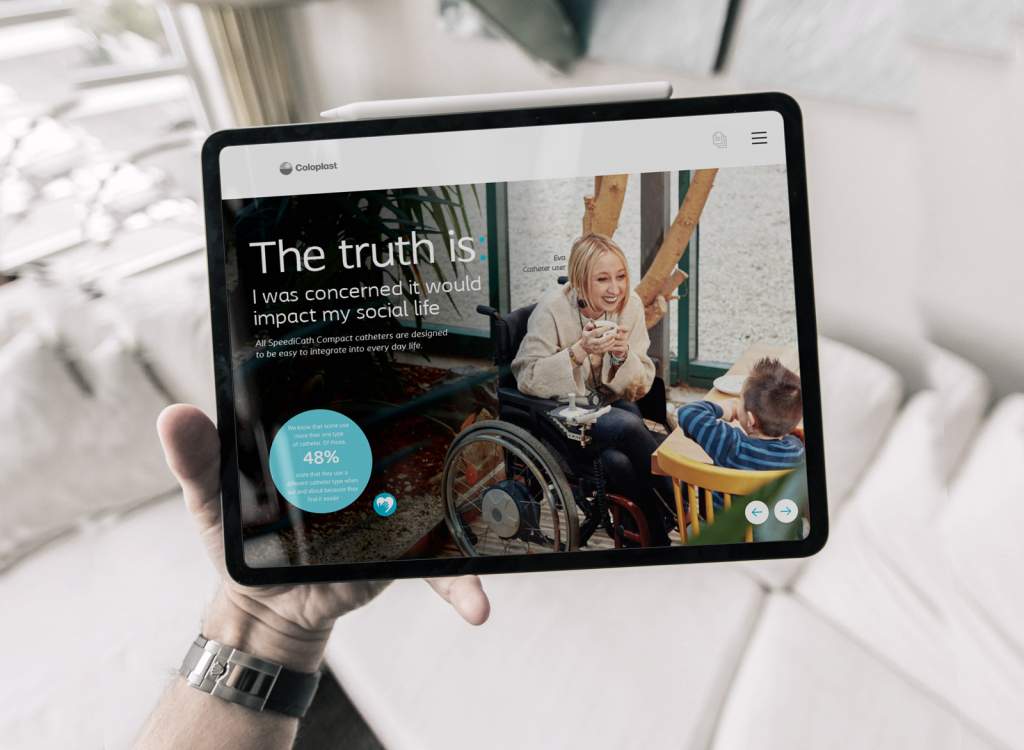
“Our new sales tool has made life so much easier. The tool allows me to access and browse all the sales materials I need in one place so that I can easily show, or send them to my customers and colleagues. The app is easy to navigate, looks really professional and allows me to deliver sales material in an effective way.”
Katie Bell, Senior Territory Manager, Coloplast
What makes presentation narrative so important?
The narrative is the heart of any good presentation; without a clear narrative, there is no story for your audience to understand and latch onto. This means your audience will have to work hard to try and figure out what is being said, where your presentation is going, what you need them to do and think and why you’re the right partner for them. It makes it hard for them to recall your key messages and retell your story to other decision-makers.
With the wealth of information out there you need to help customers make sense of all this information so they can make more informed buying decisions, narrative is key to persuading them.
A narrative means you’re telling them a story with a clear, simple and logical flow; you’re conveying to them an idea and telling it in a compelling, engaging and meaningful way that builds towards a clear action point for them.
Without a narrative, all you have is confusion. There’s no story for your audience to understand, and you’re left talking at them – instead of having a meaningful and mutually beneficial conversation.
“Your job is no longer to convince customers to buy, but rather, to help them buy”
Forrester
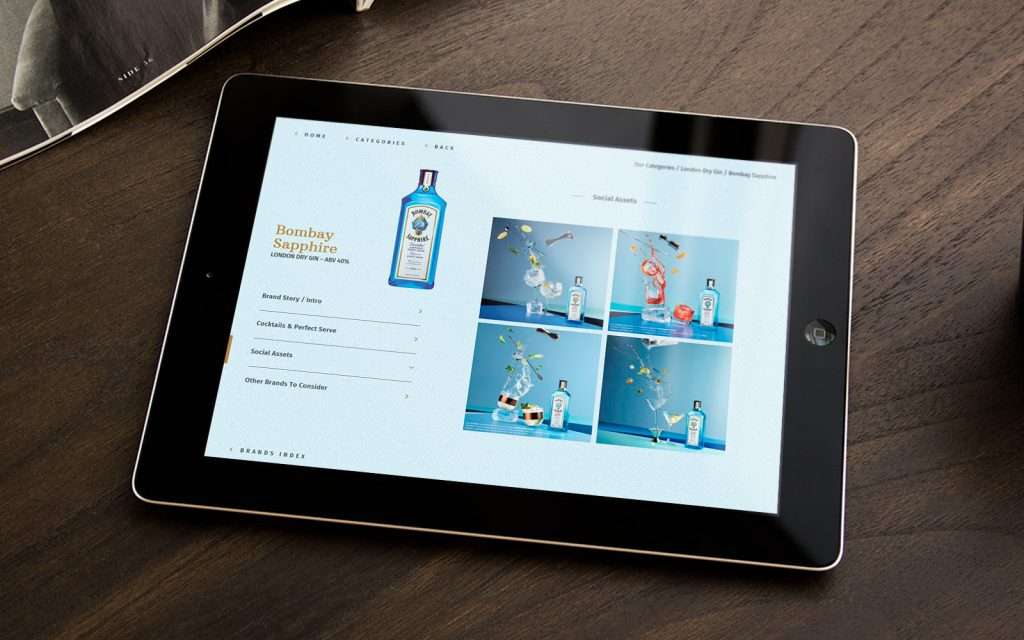
Remember: a presentation is all about getting your audience to take the action you need them to take – such as adopting an idea, moving to the next stage of their buying process etc. – therefore you must have a clear narrative argument that lays down why they should do what you want them to do. This is central to the whole idea of narrative.
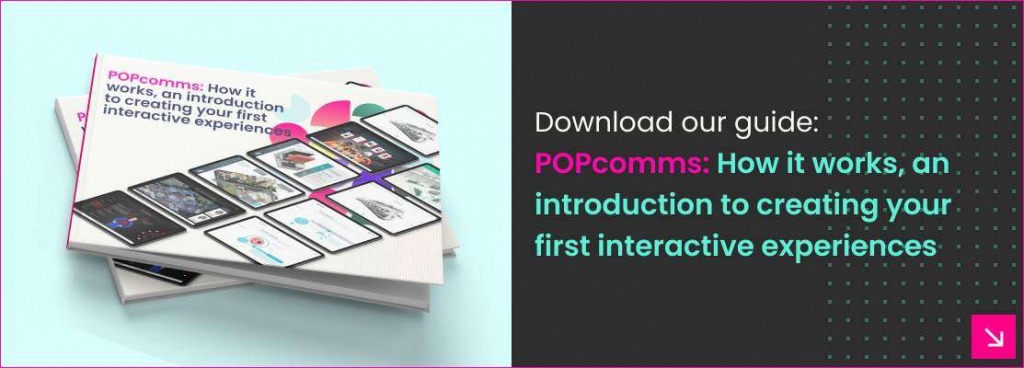
How to develop a good presentation narrative
1. Action
First things first; in order to develop the best narrative for your presentation, you have to establish the action you need your audience to take afterwards.
Don’t underestimate this step.
Your entire presentation should be based on moving your audience to take the action you need them to take. It must be specific, clear, achievable and fit with their processes. For instance, every company will have a buying process and stages they need to go through with a new partner, so make sure your presentation clearly recognises this and don’t jump the gun. It’s rare that any deal will be signed off the back of a presentation so think carefully what can be achieved in your presentation to move the customer one step closer to signing a deal with you.
2. It’s all about your customers
Now you have to align this with your customer’s position:
- The problems they’re trying to solve, their challenges and goals
- Look at their job roles, the market they’re in, and the current trends impacting their sector
- What is it about your products or services that they need?
- How do these things affect them in their everyday life?
- What opportunities or insights can you bring to them when you partner?
- How will you mitigate any risk in them adopting your solutions?
You need to put yourself into your customer’s shoes and critically review what you will be presenting to them. And, ask yourself the most important question “So what”. If you apply “So What” to one of your value propositions and you can’t succinctly answer that question then you need to look more closely at your proposition.
Once you’ve taken everything above into account, these points can be brought together as a content map or storyboard, the first step to building the narrative and your presentation. This phase is about laying out your argument and proof points in a logical order. You could use sticky notes, each note or slide should represent a message or key thought or proof point. Don’t cram everything into one page give your argument room to breathe.

Now, there will be a number of ways you can build your presentation narrative, you may have ideas for different starting points e.g., do you start with the about us section, industry trends or customer challenges? There isn’t really a right answer, it very much depends on the customer, their knowledge of you, their challenges and where they are in the buying process. A big advantage of interactive presentations is that you can have different routes into the content you don’t need to start at the same point each time.
As a creative technology business, we go through these exact steps with all our customers. This is also something that any good agency should be able to help you with – even if it’s just to offer some free, impartial advice.
Tip: For more advice, check out our video guide: ‘How to Tell a Persuasive B2B Story With Your Presentations’.
Advice on developing a presentation narrative
If you’re looking to develop an effective and compelling narrative for your own presentation, we’d recommend you carefully consider the points above. We find that working through the above with our customers has quite a dramatic effect on how they approach important presentations and meetings and really helps them to refine their proposition and messaging.
There’s nothing to stop you from following this approach yourself, however, you may feel more comfortable engaging with an agency – even if it’s just to get a bit of outside perspective which can be crucial in sense checking your proposition.
As an example of the process, one of our customers, Isotrak, had lots of old sales presentations with no consistent narrative or message with a focus very much on the product. So, we held a workshop to go through the presentations and talk in-depth about their customers. From here, we created the content map which went a long way in helping them to focus on their key messages and proposition.
We then created a storyboard which enabled the entire sales team to review and practice the presentation to ensure the narrative and messages were spot on; at this stage, they were all focused on the content and narrative, without having to worry about the final design. You can see the final result in a more detailed case study.
Develop an effective presentation narrative to hook your customers
By now, you should have a good idea of where to start when developing a customer-focused narrative. The above advice is something you can either follow yourself when creating a narrative, or it can be something an interactive agency should also be happy to help you with. It’s completely up to you.
If you do decide to go to an agency, they should be able to show you previous examples of their work, along with offering you some free, impartial advice and guidance – so you can make the right choice for your business.
Want to learn more about how you can craft a gripping narrative to guide customers through your presentations? To learn how you can harness the power interactive touchscreen presentations, get in touch today on +44 (0)117 329 1712 or hello@popcomms.com. We’d love to hear from you.
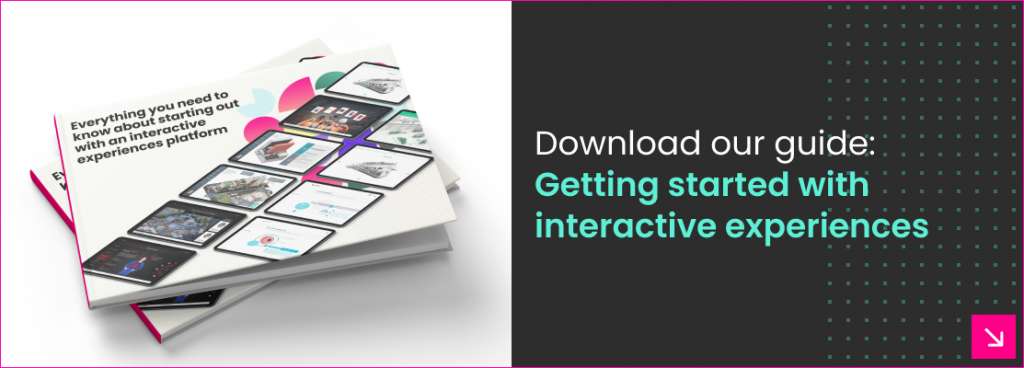
Related Posts
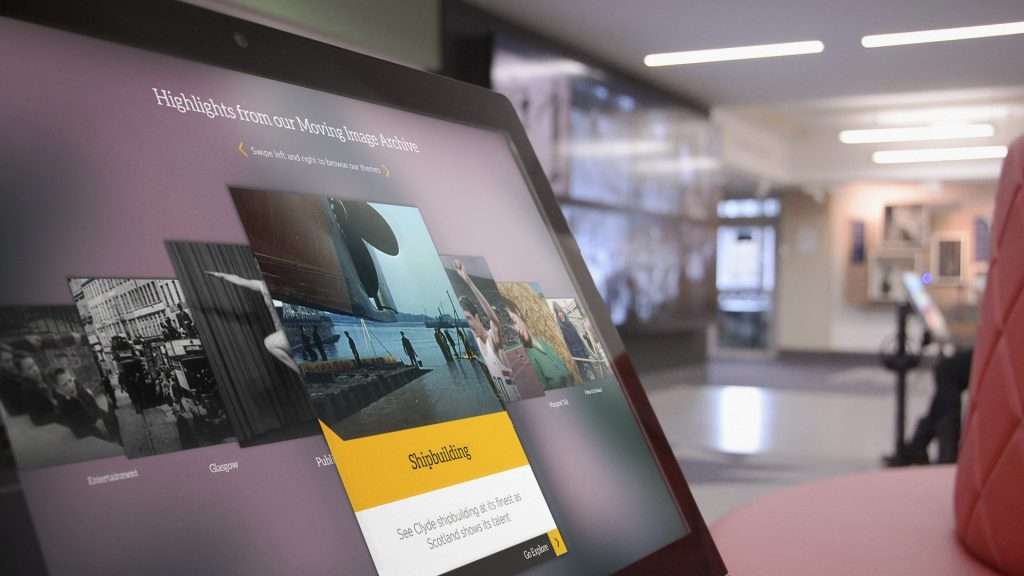
7 Common Presentation Mistakes to Avoid
Read

Why Visual Storytelling is Essential for Your Interactive Presentation
Read
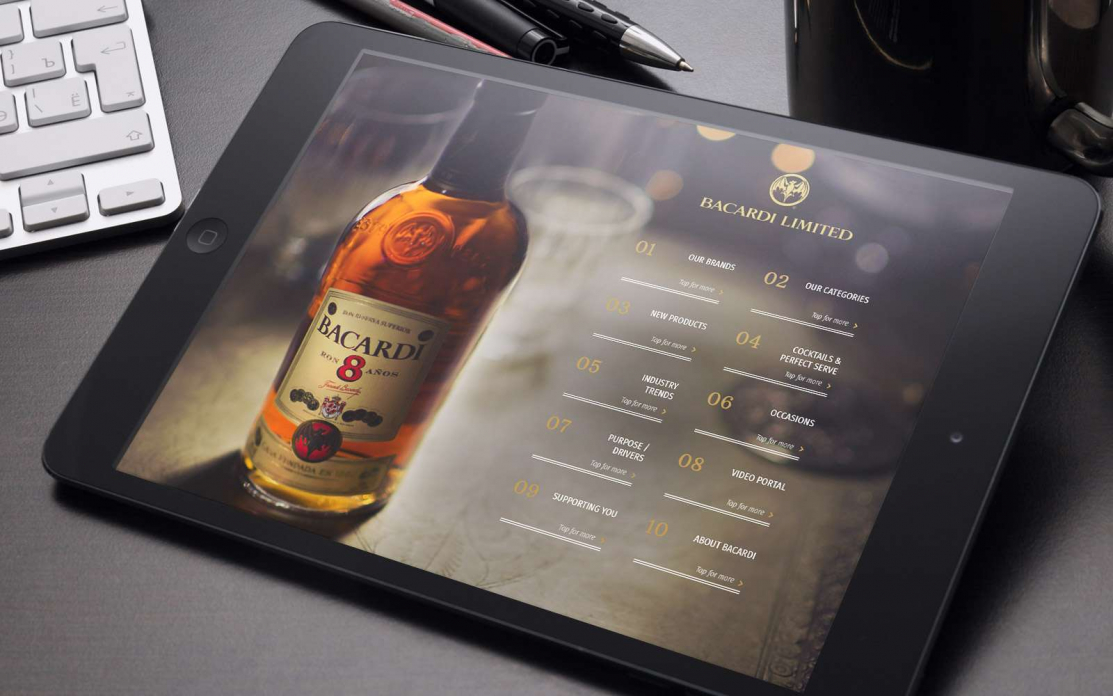
What’s Possible With Interactive Sales Presentations?
Read
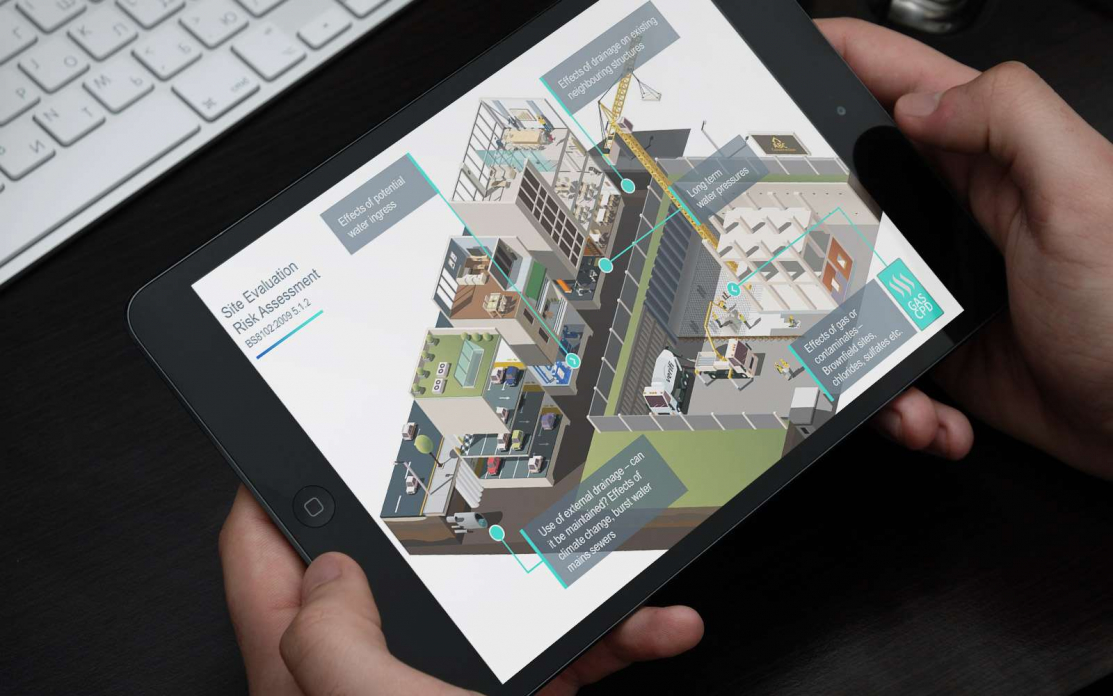
How Much Do Interactive Sales Experiences Cost?
Read